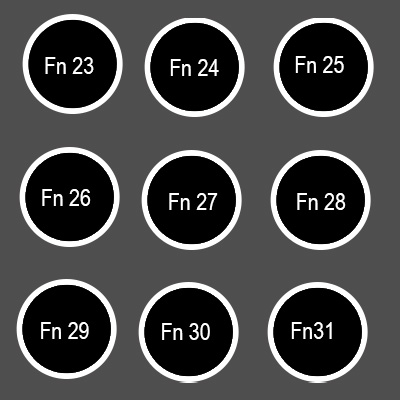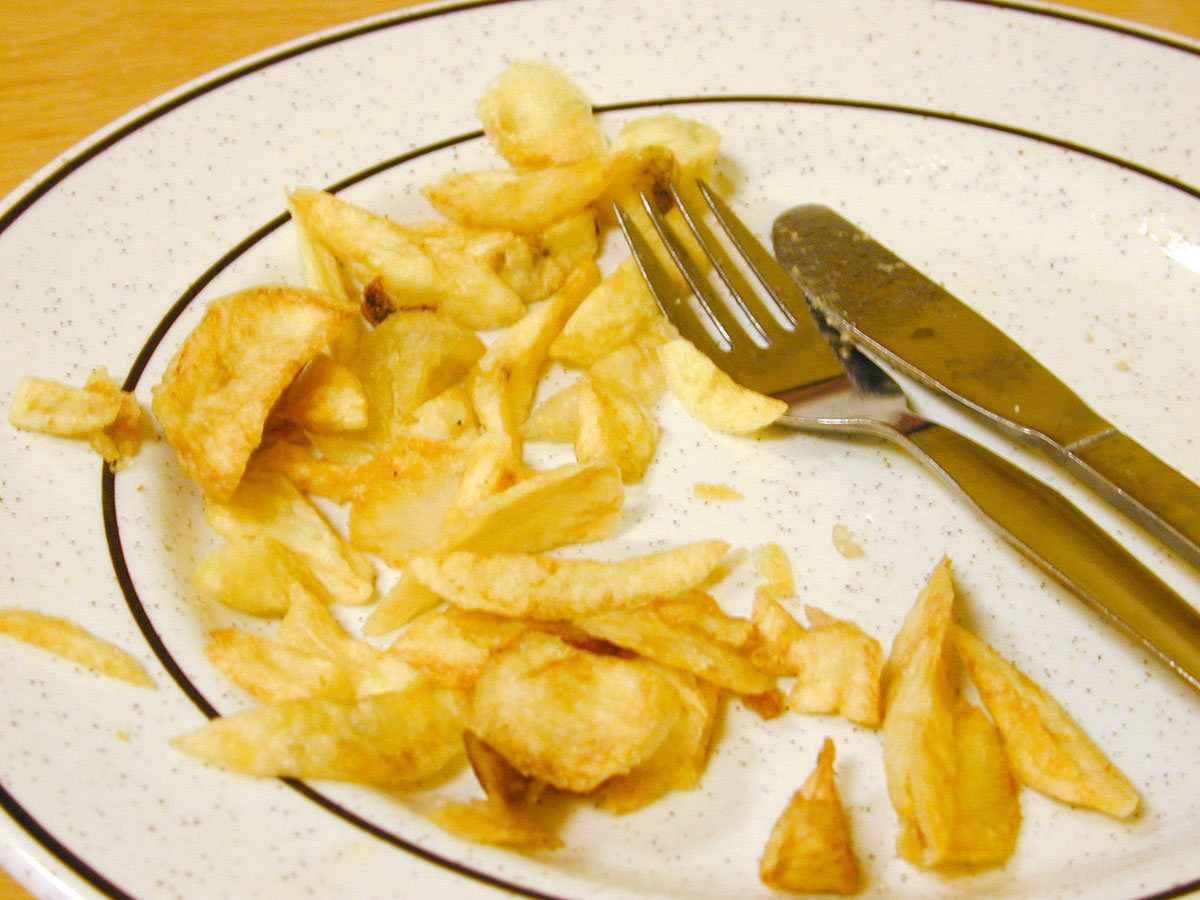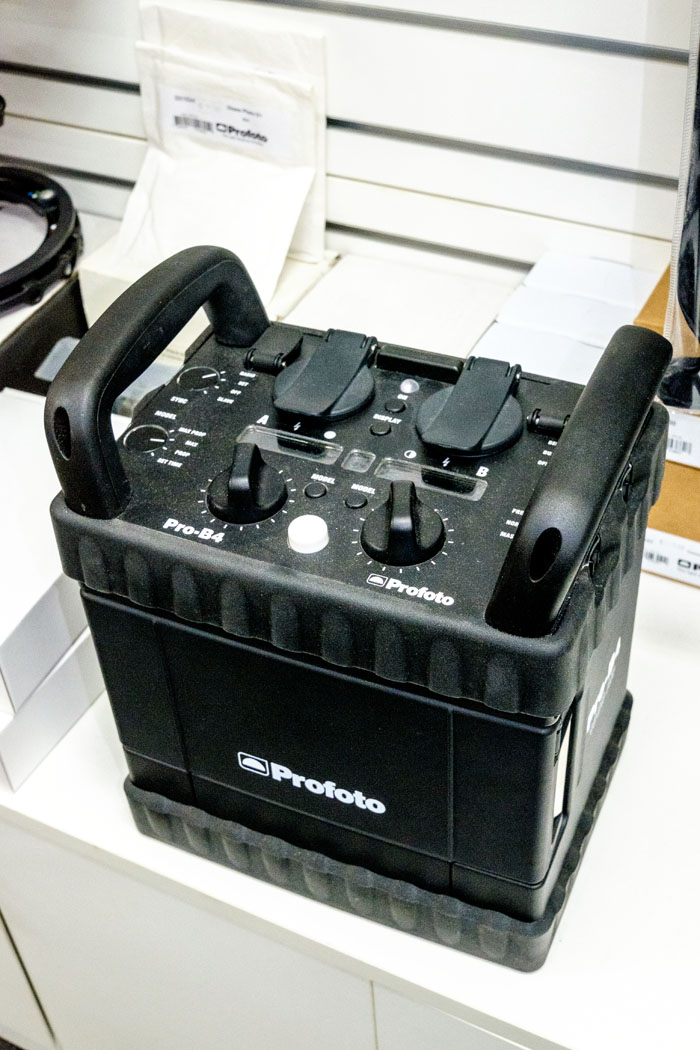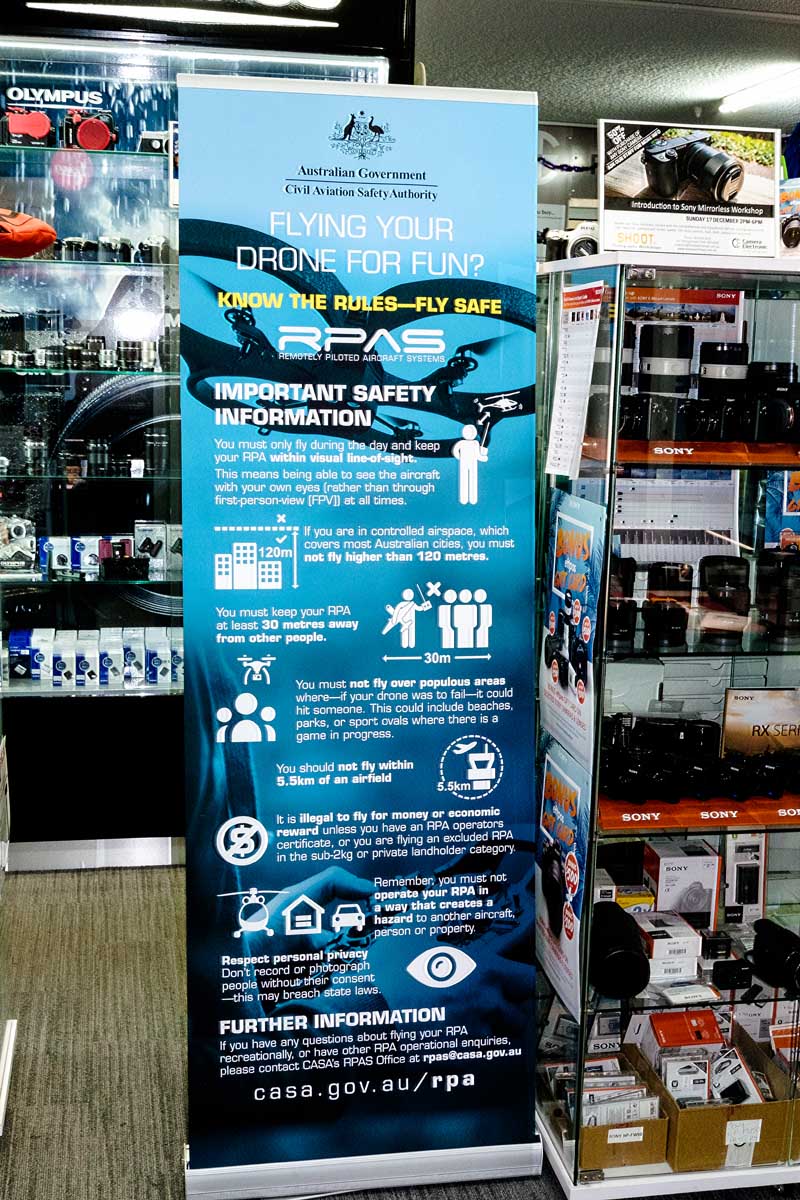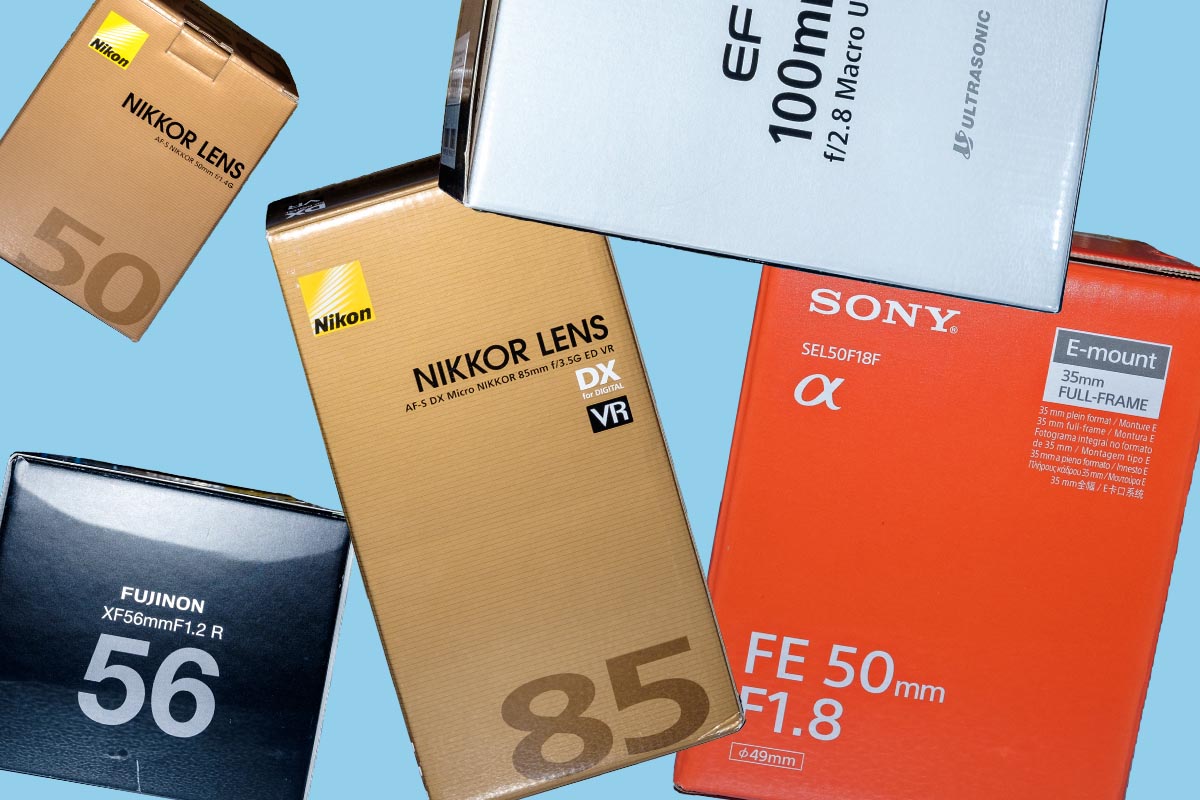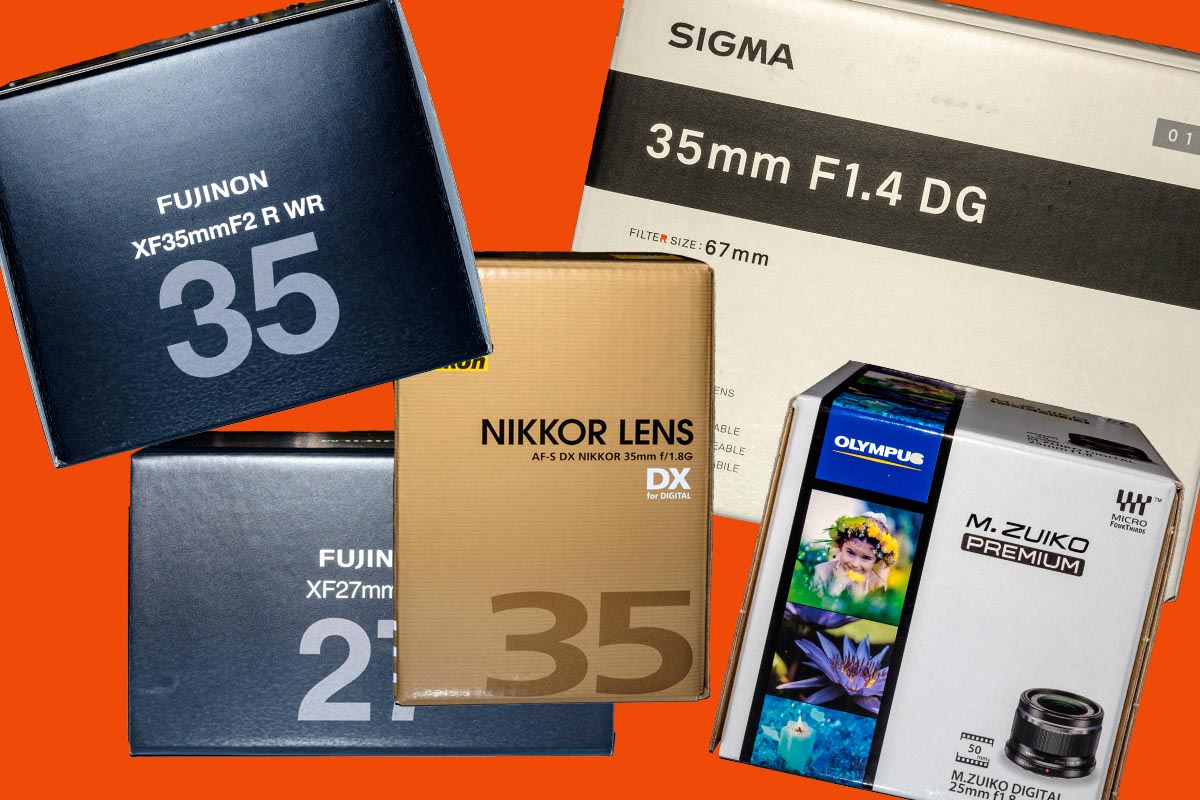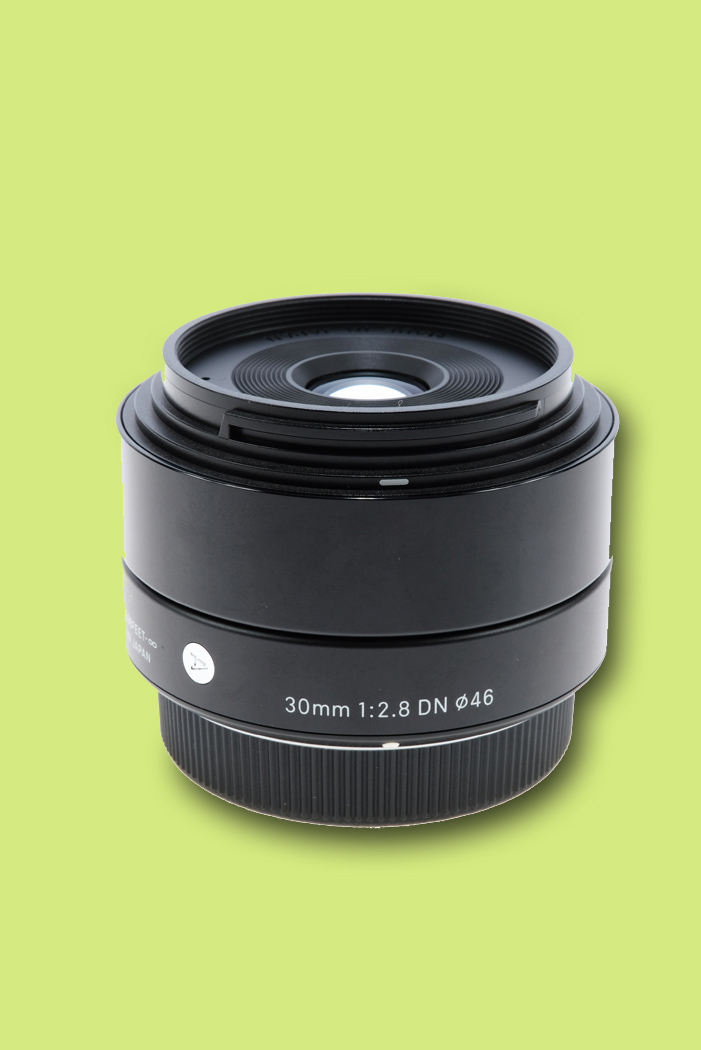Posted at 09:00h
in
Dick's Rant
by Uncle Dick
[social_share]
Did you eat dinner last night? You did? Good for you. Hope it was nice.
You ate off a plate? With a knife and fork? Splendid. Because that makes you a candidate for today's column. It proves that you have mastered one of the most important skills of life - nutrition. It suggests that you can also deal with the business of photography on a similar successful basis.
You probably won't be taking pictures with the knife, fork or plate that you used for the eating, but you might be using a camera, lens, or other equipment, that is equally useful. The main key to that utility will be familiarity - just as you are familiar with the use of the eatin' irons.
This isn't as fatuous a statement as you might think. Every day in Australia camera shops send clients out of the door with items that are unfamiliar - not just hardware, but new concepts as well. The assumption is that the purchaser will know what to do with it all - in reality they may be bearing away something that...


